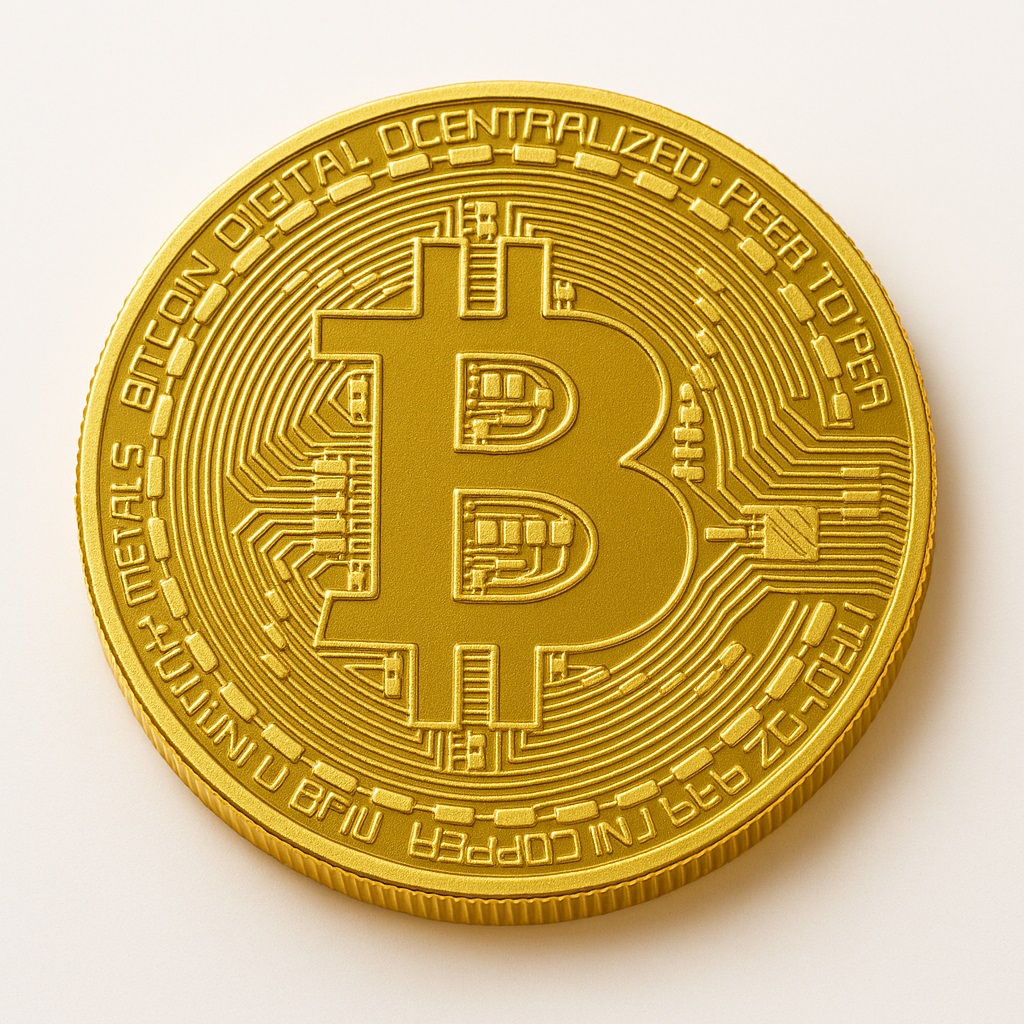BITCOIN
See how it works.
Go to website
Bitcoin is the world’s first decentralised digital currency, introduced in 2009 by an anonymous creator using the name Satoshi Nakamoto. It was designed as an open, peer-to-peer payment system that operates without the need for banks, governments, or intermediaries. Built on a distributed public ledger known as the blockchain, Bitcoin allows anyone, anywhere in the world, to send and receive value securely without depending on traditional financial networks. This design represents financial freedom—users hold and control their own assets directly, verified by cryptographic proof rather than institutional trust.
Bitcoin first appeared in 2009, born from the pseudonymous creator Satoshi Nakamoto. It quickly became the world’s premier decentralised digital currency: permissionless, censorship-resistant, and designed to operate outside centralised institutions. Over time it has evolved into more than just money—it is often treated as a symbol of financial freedom and a hedge against centralised control.
In its architecture, Bitcoin uses a proof-of-work protocol where miners validate transactions and maintain network security by expending computing power. Its supply is strictly capped at 21 million coins. This scarcity, combined with public and verifiable ledger rules, grants Bitcoin a strong appeal as a store of value. Because it is no one’s liability and no central authority can alter it, Bitcoin embodies decentralisation in its purest form.
By 2025, many financial and political institutions had begun accepting Bitcoin as a legitimate asset class, accelerating its shift from niche to mainstream. Its value nearly **doubled** from 2024 to 2025, reflecting intensified institutional demand. Bitcoin is often called the “thermometer” of the crypto world: when Bitcoin’s price rises, broader market sentiment warms; when it cools, most altcoins follow its lead.
Some notable examples of institutional adoption or investment in Bitcoin include:
Bitcoin has established itself as not only a technological innovation but also a legally resilient asset. Over the years, it has secured regulatory clarity in many jurisdictions. Its long history and widespread acceptance help insulate it from many of the legal uncertainties that newer tokens face. As institutions continue to adopt it, Bitcoin’s status as a stable, decentralised asset is reinforced.
Anyone can participate in the Bitcoin ecosystem by buying, earning, or mining the currency. The most common way is to purchase Bitcoin through reputable exchanges or investment platforms and securely store it in a personal wallet. Long-term holders may benefit from Bitcoin’s limited supply and rising global adoption. Others contribute by running a node, supporting the network’s decentralisation, or mining if they have the technical capability. Businesses can also accept Bitcoin as payment to reach a global customer base. Overall, participation offers financial exposure, innovation opportunities, and involvement in one of the most influential technological movements of our time.
See how it works.
Go to website